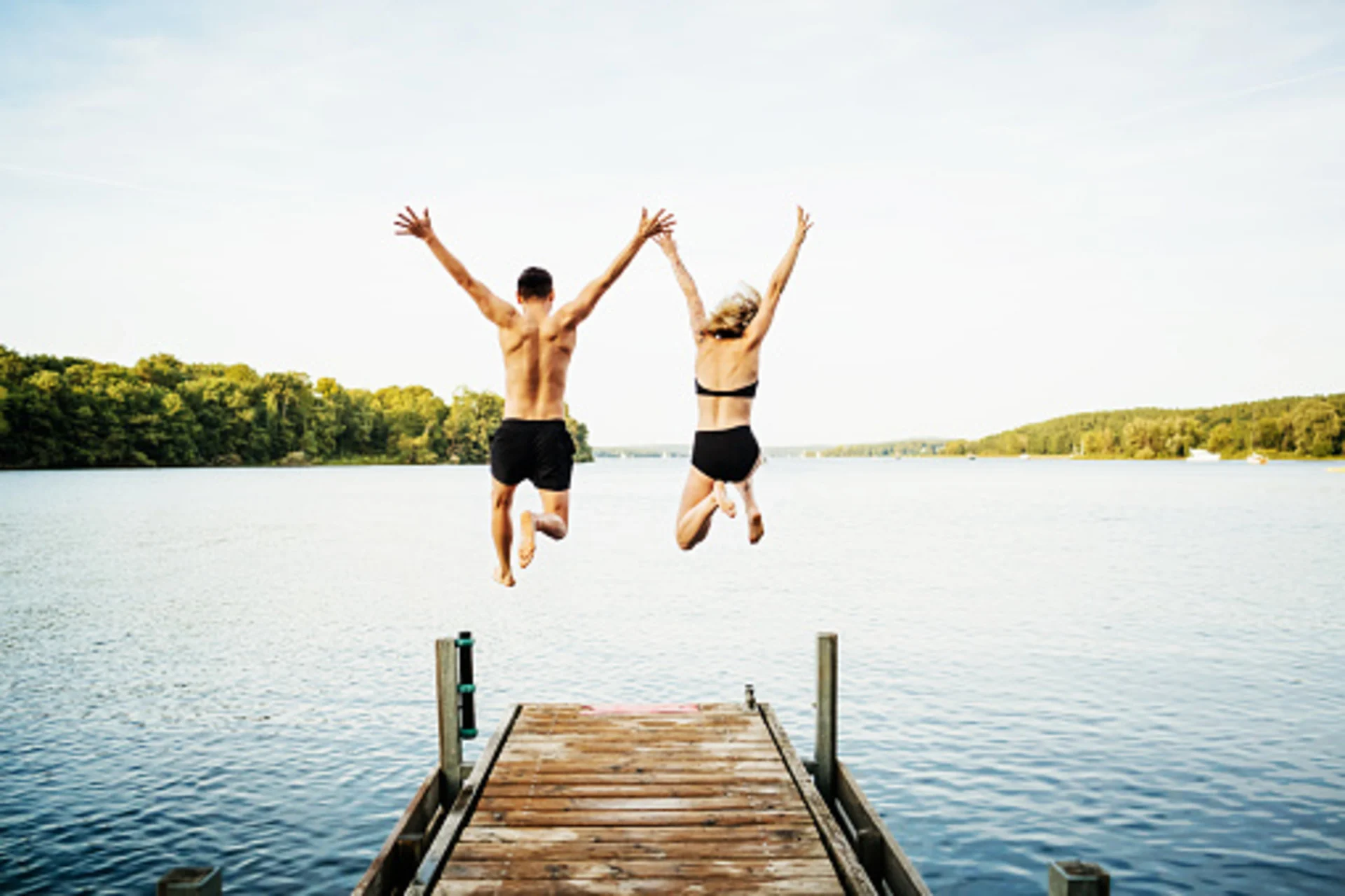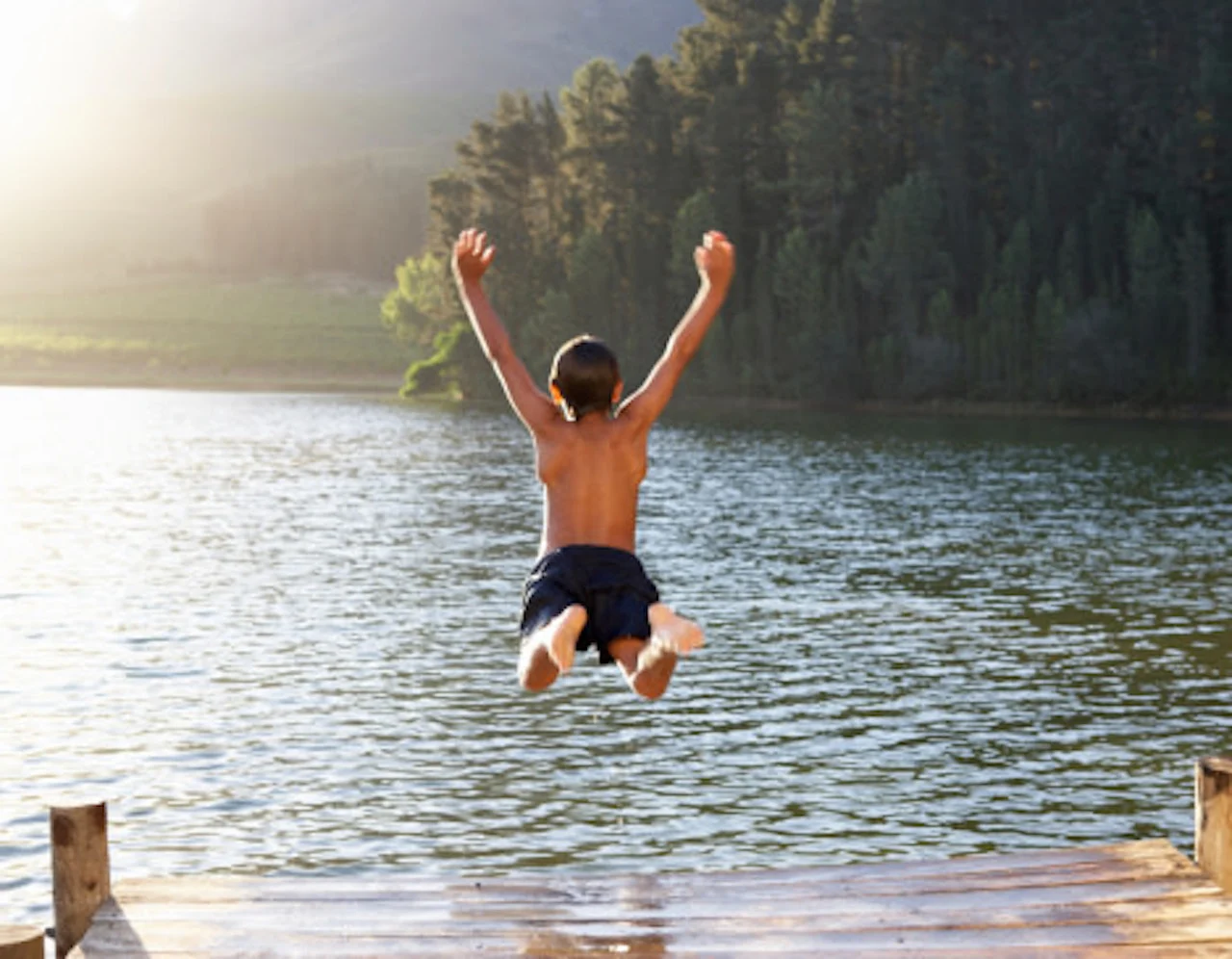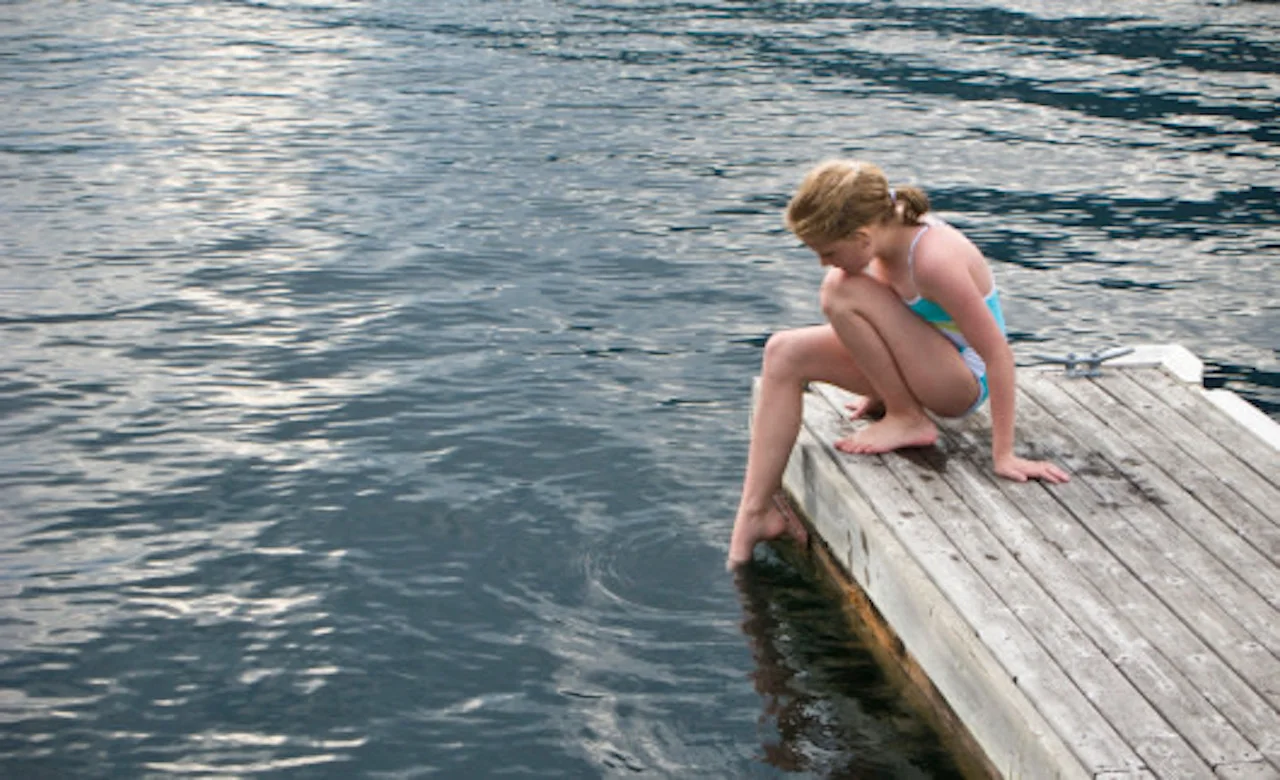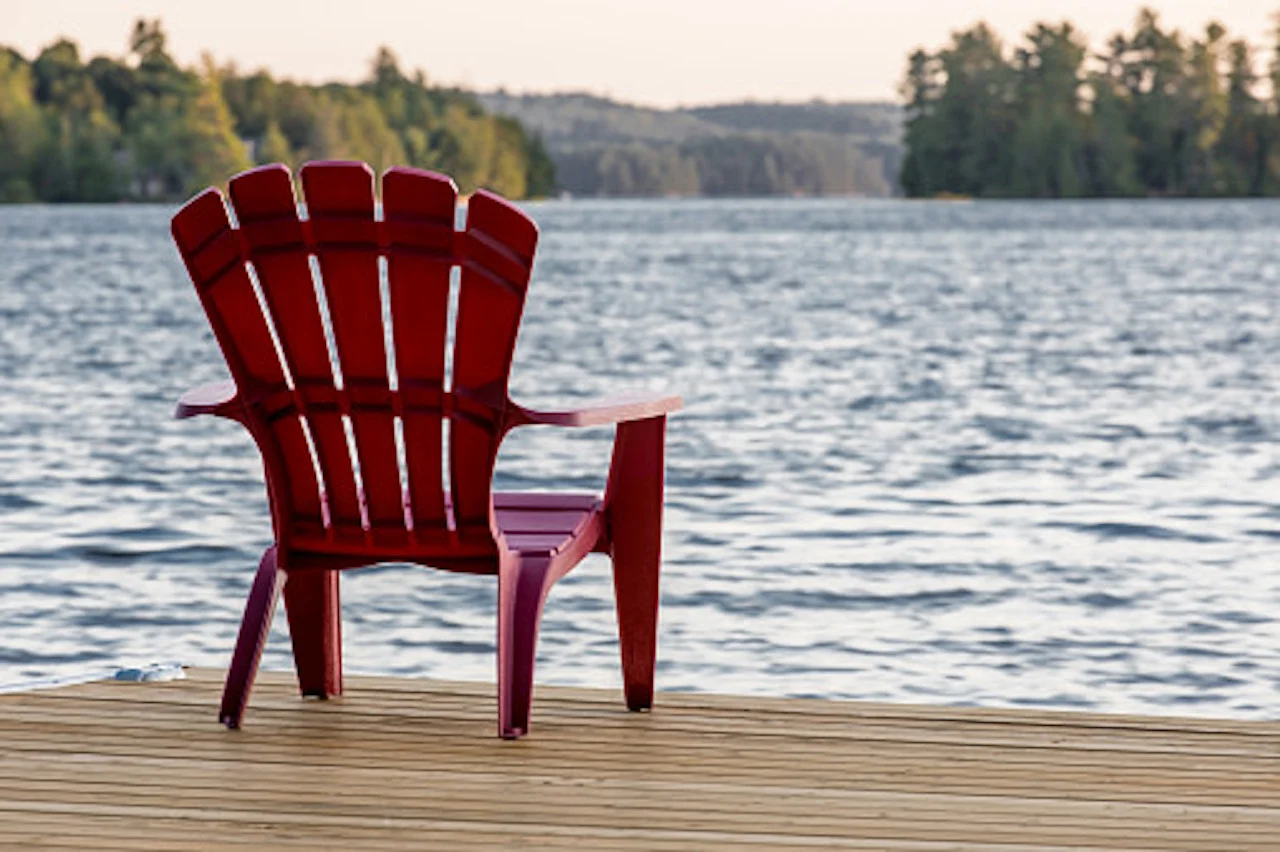
What's the temperature 'sweet spot' for swimming in lakes and rivers?
How cold is too chilly for swimming in lakes and rivers? Find out here.
The official start to summer is almost here, but before you throw on your swimsuit and head to the lake, there are a few important factors you should keep in mind.
With more than two million lakes and rivers in Canada, representing 20 per cent of the world’s freshwater bodies, there is no shortage of options when it comes to swimming. Depending on the depths, structures of each body, weather and other factors, water temperatures will vary at this time of the year.
Many lakes and rivers will still be cold right now, prompting the question: What is a comfortable water temperature for swimming?
SEE ALSO: Most drownings occur in summer, here's how to enjoy water safely
The answer is...it depends on who you ask.
WHAT IS THE MAGIC NUMBER?
Petty officer Brian McCrum, of the United States Coast Guard District 9 public affairs department, told The Weather Network in 2019 that anything below 25°C (77°F) is considered cold and has risks associated with it.

(Getty Images)
Therefore, the ideal temperature would be in the 25°C (77°C) to 28°C (82°F) range, which is the official water temperature for professional swimming competitions.
But, if you speak to Barbara Beyers, public education and research director of Lifesaving Society -- there isn’t a magical number, but rather a combination of factors including personal preference, air temperature, and comfort level. She discussed it in detail in an interview with The Weather Network in 2019.
For example, the air temperature could be 28°C, while the water may be in the 15°C to 18°C range. But that should be an acceptable contrast, she said, especially if you’re a strong swimmer. Beyers added there is a correlation between air and water temperatures, as people will typically only go swimming when the air temperatures are warm.
“Many people don’t go swimming when it’s cold, they wait until it’s warmer. Be very mindful of the temperature of cold water, especially if you’re boating,” said Beyers. “If your body temperature is warmer and the air temperature is warmer, the cold water is not such a shock to your system, taking into account your head isn’t going under.”
AT WHAT TEMPERATURE IS WATER CONSIDERED 'COLD'?
While McCrum outlined roughly that anything below 25°C is cold, the Lifesaving Society has a significantly lower number.
The Canadian-based group considers cold temperatures to be under 10°C, while cool is 10°C to 20°C, warm or hot is 21°C to 39°C and anything above 40°C is considered scalding. It’s safe to say you don’t want to swim in waters less than 10°C or anything exceeding 40°C.

(Getty Images)
“Most water in Canada is cold," said Beyers. "There is more fresh water in Canada than any other country in the world. That is from all the lakes, and then you add to that, the oceans on either coast and in the North. We are a country with cold temperatures and cold water is everywhere.”
In general, you should be prepared when diving into cold water since it can cause a shock to the body, even for the strongest of swimmers. Beyers recommends slipping into the water slowly, rather than diving, as a way to control the temperature change.
You should also consider the source of the water you’re planning on swimming in. For example, many waterways in British Columbia are glacier-fed, so temperatures will be naturally colder, even in the summer.
“Some people think 20°C is too warm and other people think 30°C is just right. I think it really is a preference,” said Beyers.
WATCH: WHILE BEATING THE HEAT THIS SUMMER KEEP WATER SAFETY IN MIND
COOL/COLD WATER CAN INCREASE THE RISK OF DROWNING
Beyers cautions people to be careful in cool waters, too.
“In most cases, they unexpectedly enter the water. They could have capsized or fell out. That sudden entry into the water can be very arresting. They might not be able to swim or be a strong swimmer. They [also] might not have a life-jacket on at all,” said Beyers.

When you’re boating, no matter the time of the year, it’s critical to always wear a life-jacket because it “buys you time” to get rescued or to get to a safe place, if you accidentally fall in, Beyers stated.
McCrum noted factors like physical fitness, swimming experience, cold adaptation, and body fat can differ from individual to individual and can increase or decrease survivability.
“Swimming should always be treated with extreme care and caution and should not be done without supervision,” said McCrum.
'RESPECT THE WATER'
Because cold water is “extremely dangerous” and immediately life-threatening, McCrum has some tips to follow when swimming.

(Getty Images)
You should know what and where you are swimming in and be aware of the water temperature, knowing that air temperature isn’t usually the same. Also, some areas across Canada have experienced flooding and/or had above-normal precipitation, resulting in submerged objects [rocks, etc.] and other dangers in lakes and rivers that would normally be above water.
“Respect the water,” said McCrum. “Most of the drownings have to do with cold water. Cold water kills and is not something to take lightly.”
He added, “drowning doesn't look like drowning. Someone may drown silently only a few feet away from other people, as the body goes through the cold shock response stage.”
For other water safety tips, click here.
DID YOU KNOW? YOU CAN DROWN HOURS AFTER LEAVING THE WATER
Follow Nathan Howes on Twitter.










